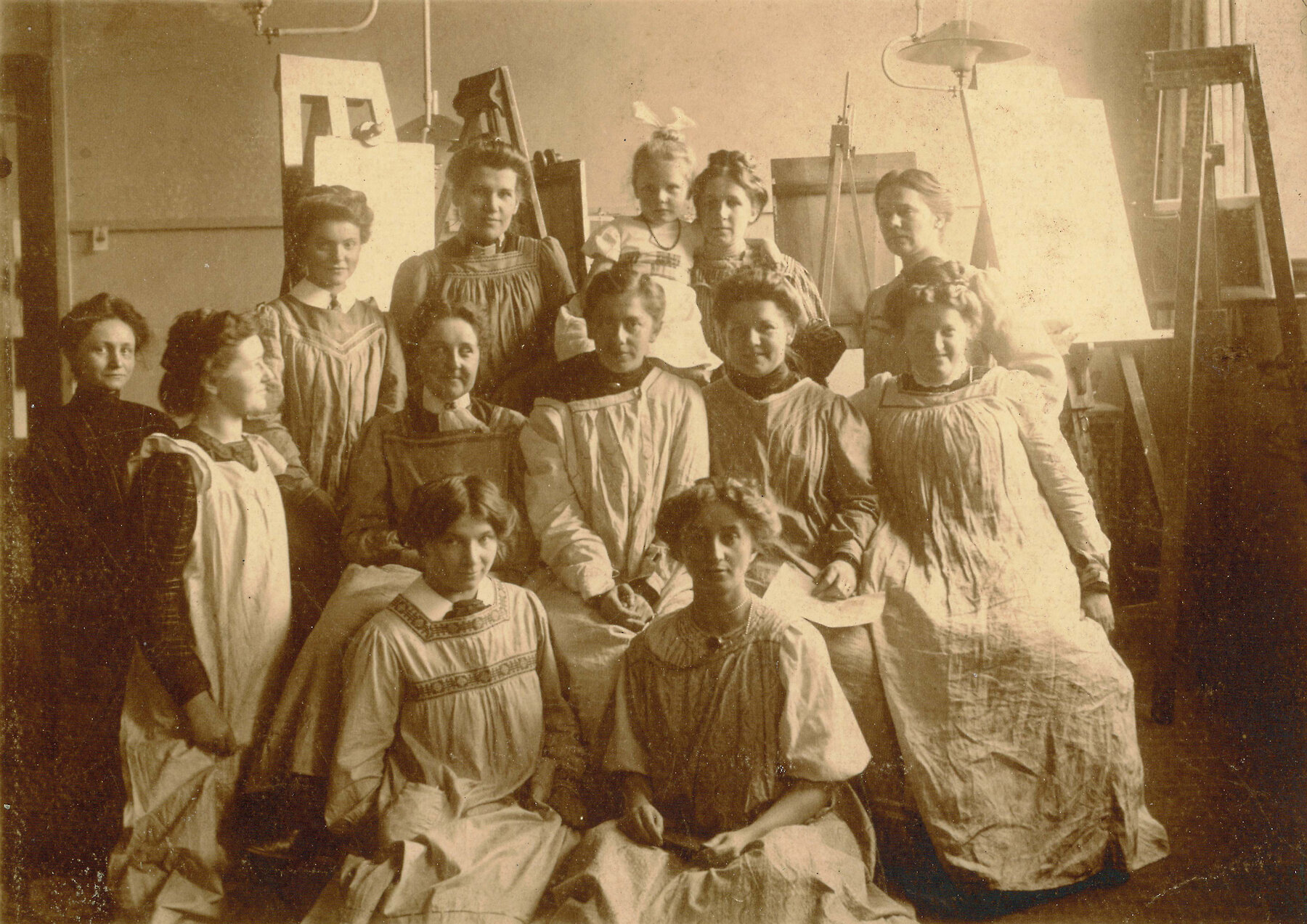Pioneers of Design Education
New Perspectives on German Schools of Decorative Arts before the Bauhaus
Pioneers of Design Education
New Perspectives on German Schools of Decorative Arts before the Bauhaus
During the 19th century, when industrialisation profoundly altered living conditions and manufacturing, schools of decorative arts (Kunstgewerbeschulen) emerged as innovative places for arts and crafts education. At the same time, museums of decorative arts were established to educate the taste of designers and consumers alike. Schools and museums of decorative arts were often linked on an institutional level.
Although early German Schools of Decorative Arts were pioneers of modern design, they still lack basic art historical research, especially from their origins in the middle of the 19th century up to the Weimar Republic. A deeper understanding of the development of the school system before the Bauhaus period has yet to be gained and there has been no focus on individual institutions. The network will depict the many facets of the schools from this period, the challenges they faced, and the solutions they developed which are still relevant today, such as theory-practice relationships and issues of social design.
Our approach:
Scholars from universities, art schools, museums, and the freelance world use the extensive and interdisciplinary network to exchange ideas and discuss German schools of decorative arts in their socio-cultural and international context. They are interested in basic knowledge about the schools’ histories and general themes, like curricula, reforms, collections of teaching materials, typology, personalities, and historical networks.





